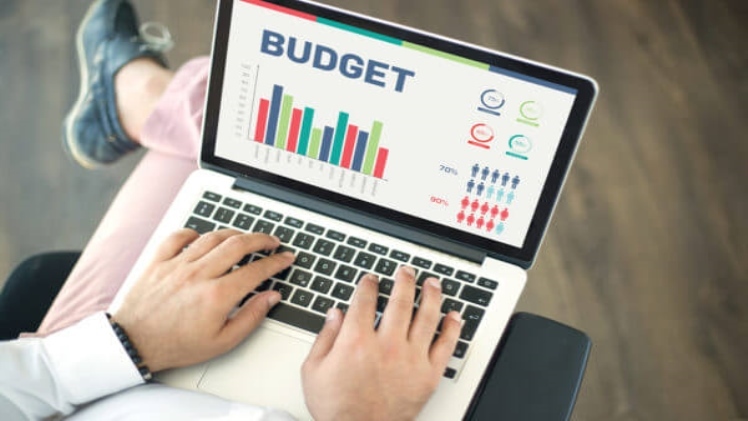If your company is new, likely, you still need to get a budget in place. However, with precise financial projections, which is what a small business budget requires, it is easier to expand your business, achieve short or long-term goals, or attract outside investors or financing. The accounting cycle, which ensures that all financial transactions are accurately recorded, also depends on budget creation.
The accounting cycle, which ensures that all financial transactions are accurately recorded, includes the creation of a budget as a critical component. Though making a budget might seem complicated, it’s not that different from making a personal budget. You list the things you own that are valuable (your assets), project your future costs, and take into account and expand your source of income. You can manage business budget planning if you are familiar with the fundamentals of bookkeeping, have the skills to create business expenses reports or an invoice, and can write them down.
All of this may be sufficient to deter some people from ever starting a business. According to one study, most owners of small businesses don’t even have a budget. However, creating a business budget is relatively easy if you go about it correctly. Six steps make up the entire process –
- The first step in any budgeting process is to look back at your current business and identify your sources of revenue. By adding all those income sources, find out how much money enters your business monthly.
Make sure to factor in revenue rather than profit when determining your income. Before subtracting expenses, your revenue is the amount of money that enters your business. After subtracting costs, profit is what is left.
- Adding up all your fixed costs is the second step in developing a business budget. Any expense that you must repeatedly incur to run your business is referred to as a fixed cost. Make sure to gather as much information as possible about fixed costs, which may occur daily, weekly, monthly, or even yearly.
- As you hunt for the data you need to identify your fixed expenditures, you may have also noticed that your organization has variable charges. Expenses that vary according to how frequently you use a service are known as variable costs. Many of these, such as utilities, are required for your business to continue operating. Here, you’ll also find expenses for items like education or extras that can boost profitability but aren’t necessary for the operation of your company.
- Make sure you have extra cash and account for contingencies when creating your company’s budget to avoid worrying about unforeseen costs. You might be tempted to use any extra money on variable expenses, but you should set aside some money for an emergency fund. By doing this, you’ll be prepared in case of equipment failure and replacement and the urgent need to replace inventory that has been flooded-damaged.
Of course, small business loans are always an option, but having more options is always preferable to having fewer.
- The next step is compiling the data into your profit and loss statement, or P&L, once you’ve gathered all the above details. We comprehend that even just discussing a P&L can make you feel anxious. You’ve already done all the work, so keep that in mind. Add all of your monthly earnings and monthly expenses together. It’s addition and subtraction. After deducting expenses from your income, you will have a positive number.

